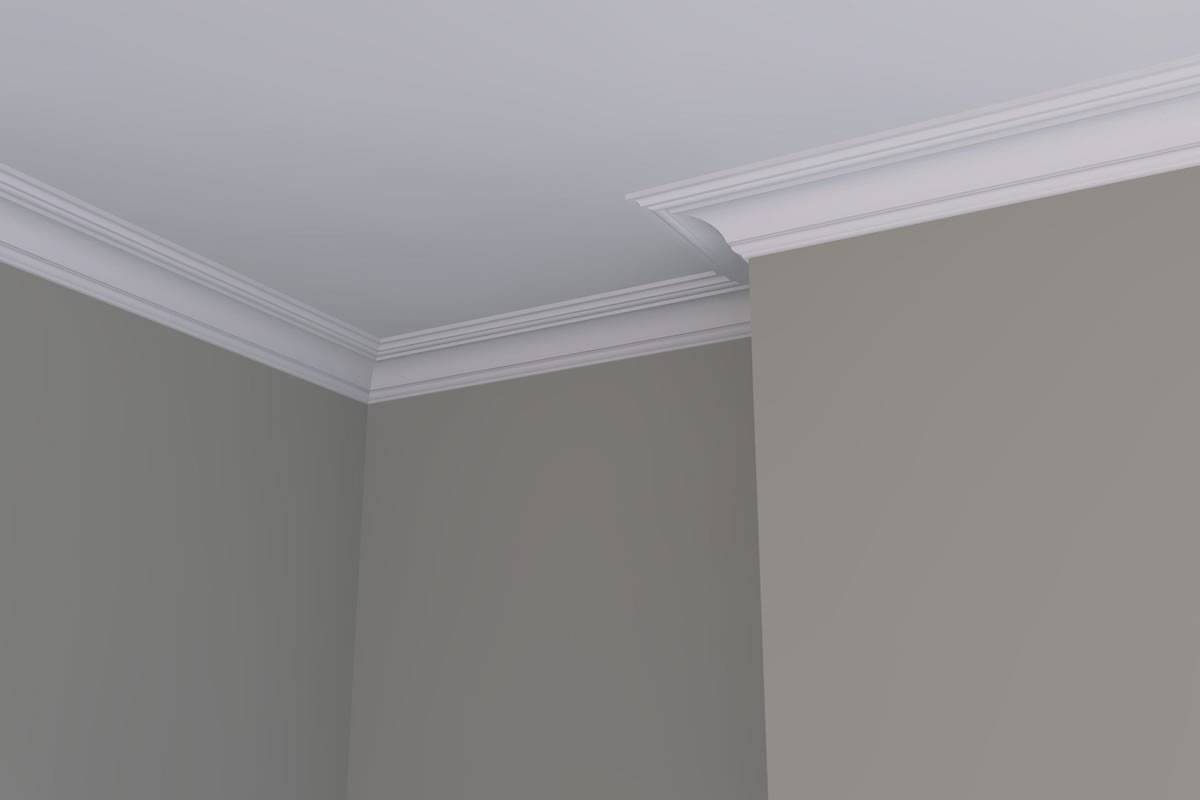Why London homeowners are turning back to traditional coving styles
- 30-03-2025
- Business
- collaborative post
- Photo Credit: Freepik
In the heart of one of the world’s most architecturally diverse cities, a quiet revival is taking place in the interiors of London homes. While modern minimalism and sleek finishes have long dominated design trends, an increasing number of homeowners are choosing to reintroduce a classic element to their spaces: traditional coving.
This decorative ceiling moulding, once considered outdated or overly ornate, is enjoying a well-deserved resurgence. But why now? What is it about traditional coving that is drawing homeowners back in? Let’s take a look at the reasons behind this stylish London Coving comeback.
A Nod to Architectural Heritage
London is a city steeped in history, and its homes reflect this legacy. From Georgian terraces to Victorian townhouses, the capital is full of period properties that were originally designed with intricate plasterwork, including ceiling roses, cornices, and coving. Over the years, renovations and modern upgrades have stripped many interiors of these details.
Now, homeowners are rediscovering the charm and craftsmanship of traditional coving. Restoring or reinstating coving not only honours the architectural style of older properties but also enhances their value and character. It’s a subtle yet effective way to preserve historical identity while creating a cohesive design narrative throughout a home.
Timeless Style That Works in Any Room
One of the main reasons Coving is making a comeback is its timeless aesthetic. Whether it’s the sweeping curves of a Georgian cornice or the ornate detailing of an Edwardian design, traditional coving adds a sense of elegance and refinement to a room. It softens the junction between wall and ceiling, creating a more finished, sophisticated look.
Importantly, coving works across various room types and ceiling heights. In a grand living room, it adds drama. In a small bedroom, it offers subtle sophistication. Even in contemporary renovations or new-builds, traditional coving can create a beautiful contrast that warms up minimalist interiors without overwhelming them.
The Rise of Restoration and Period-Style Renovations
In recent years, there has been a growing interest in home restoration and period-style renovations. Television programs, online inspiration platforms, and social media have all played a role in encouraging people to embrace the charm of old-meets-new design.
For many homeowners, restoring coving is not about replicating the past but about blending eras harmoniously. Traditional coving can be paired with modern lighting, neutral colour palettes, and sleek furniture to create an eclectic and balanced space. It’s an approach that respects the building’s origins while embracing contemporary living.
A Smart Investment for Property Value
In a competitive property market like London, small details can make a big difference. Period features, including original or replica coving, are frequently listed as desirable elements by estate agents. They help a home stand out, create a sense of uniqueness, and suggest a higher level of care and quality in the renovation.
For those considering selling in the future, reinstating traditional coving could be a smart move. It’s a relatively low-cost upgrade that offers a high visual impact and can subtly elevate a property’s perceived value.
Advancements in Coving Materials and Installation
While traditional coving once meant heavy, hand-moulded plaster, today’s materials are more versatile and accessible. High-quality polyurethane and lightweight plaster alternatives now replicate the same intricate details as historic versions while being easier to install and maintain.
These modern versions can be cut, handled, and painted with ease, allowing more homeowners to take on coving projects themselves or opt for quicker professional installations. Suppliers in London, such as Plaster Ceiling Roses, offer a wide range of traditional coving styles that suit everything from Georgian homes to Art Deco flats.
Conclusion: A Return to Character and Craft
As trends evolve and tastes shift, it’s clear that many London homeowners are once again appreciating the beauty of thoughtful, detailed interiors. Traditional coving offers more than decoration - it tells a story, links the past with the present, and enhances the atmosphere of a home in a way that few modern finishes can match.
Whether it’s restoring original features or adding period-style charm to a contemporary space, coving is proving to be much more than a nostalgic detail. For many, it’s a timeless feature that reflects both taste and respect for London’s architectural legacy.
Other articles that may interest you...
Trending
Most Read Articles
1.
Featured Videos
A Vision of Elvis Tenerife Promo
- 10-05-2025
TEAs 2025 Highlights
- 17-11-2025



























































